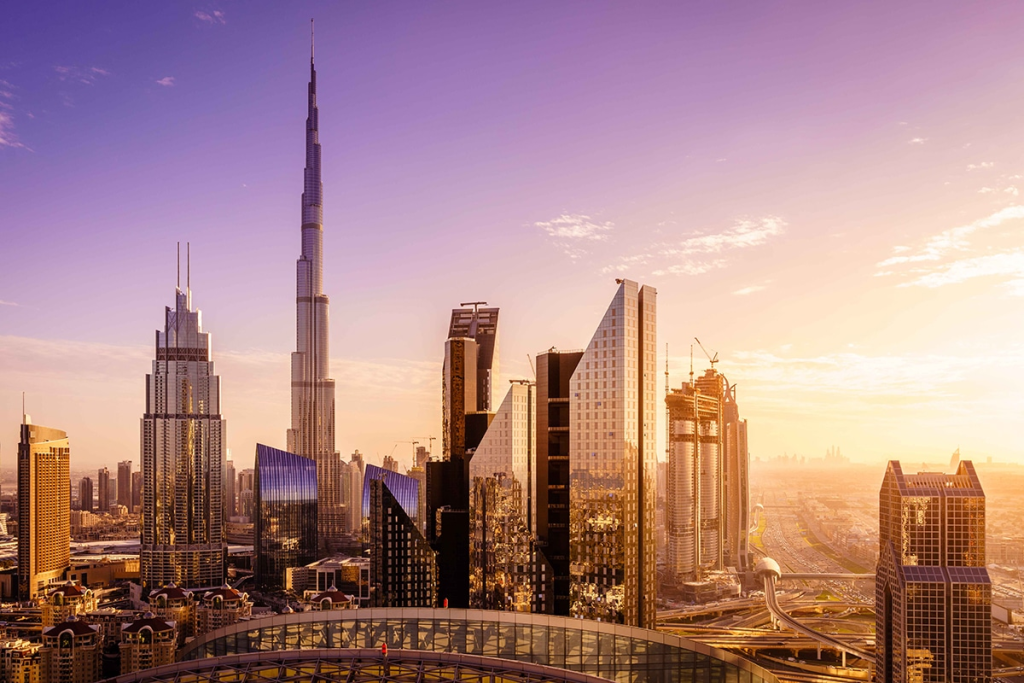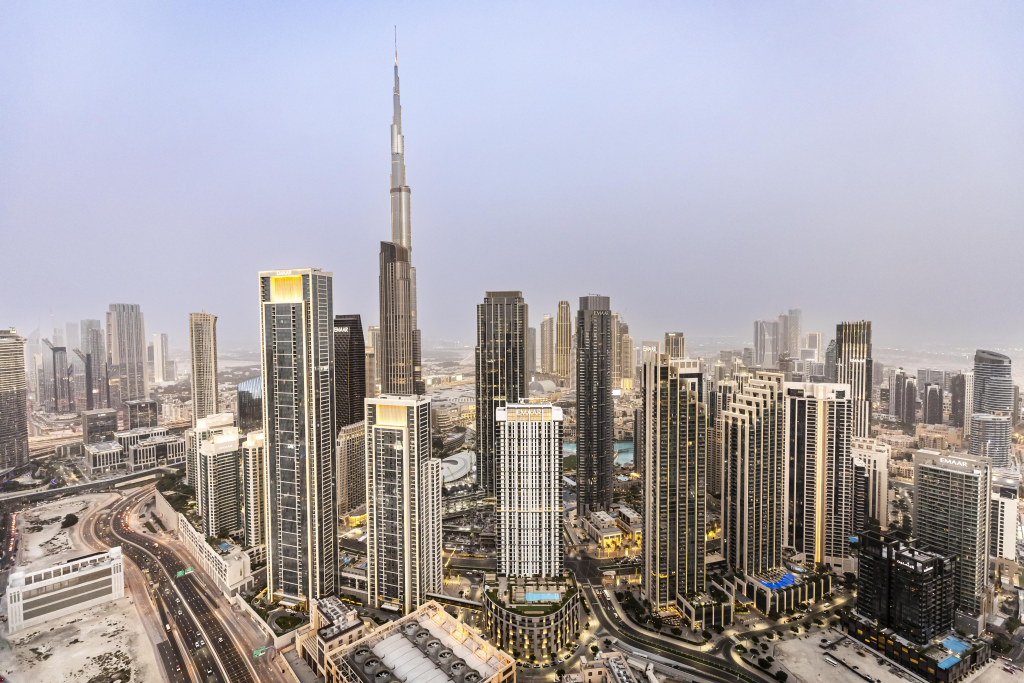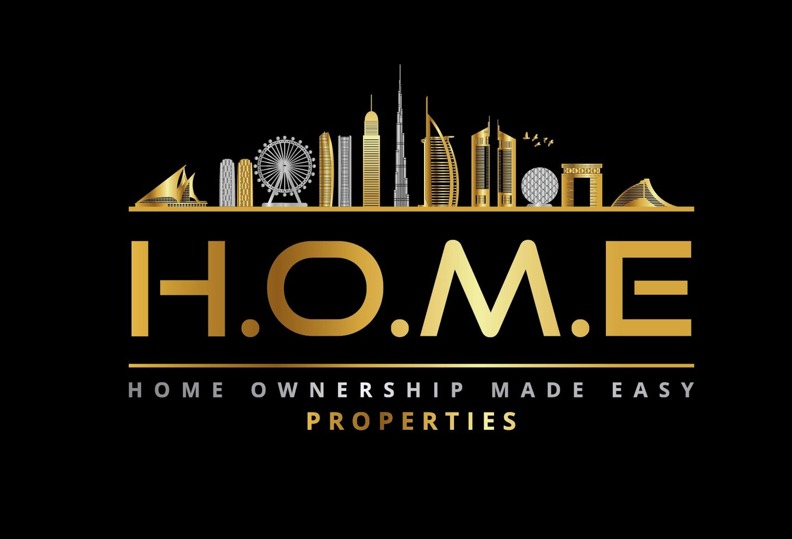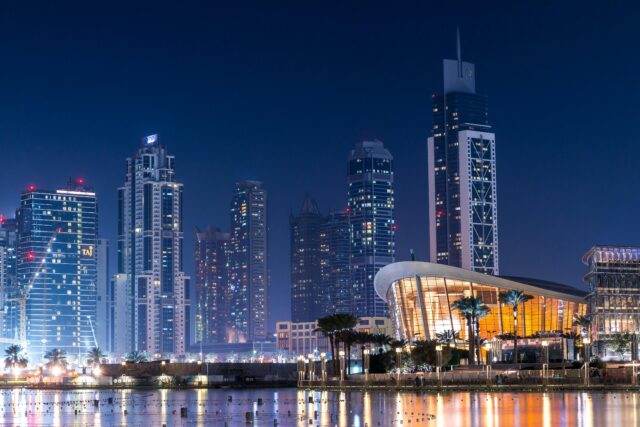
The residential property market in Dubai recorded a landmark first half of 2025 — driven not only by broad investor demand but increasingly by interest in premium, master-planned, lifestyle-led communities. As local and international buyers seek both long-term living and capital-growth opportunities, certain communities have emerged as clear winners. Below we unpack the key drivers behind the surge, the standout community trends, and what it means for buyers and investors.
A Market of Record-Breaking Numbers
In H1 2025, Dubai’s residential market achieved one of its strongest showings on record. According to research by Cavendish Maxwell, transaction volumes ranged around 91,900 deals with a total value of AED 262.1 billion — representing a 22.9 % increase in volume and 36.4 % in value compared with H1 2024.
Another report by Christie’s International Real Estate noted approximately 99,000 sales transactions totaling AED 328.8 billion — a 23.7 % rise in volume and 41 % in value.
Average property prices also climbed: a report shows average sale price rose to AED 1,609 per sq ft by mid-2025 (from AED 1,484 at start of year) — up 8.4 % in six months and ~16.1 % year-on-year.
Investors remain a major force: for instance, off-plan sales in Q2 alone jumped 43.2 % in value year-on-year.
What’s Driving Demand?

Several key themes underlie this momentum:
1. Premium lifestyle communities gaining traction.
Master-planned estates with parks, schools, retail, connectivity and branded residences are increasingly sought after. For example, in the article from Dubai Hills Estate and Emirates Living (which includes Emirates Hills, The Meadows, The Springs, The Lakes) the focus is shifting from speculative buying toward genuine end‐user living and long-term investment.
2. Villa/townhouse segment strength.
While apartments dominate volume, villas and townhouses have shown outsized growth: one report shows villa/townhouse sales value jumped 55 % year-on-year in H1. This suggests families and larger households are opting for more space and higher-amenity living.
3. Attractive rental yields and global appeal.
For mid-market communities, rental yields of 9 %–11 % have been cited. Also, Dubai’s tax-friendly regime, visa incentives and global accessibility continue to attract international buyers, boosting demand at the premium end.
4. Maturing market, broader investor profiles.
Rather than pure speculation, there’s increasing focus on genuine living, community, infrastructure — a sign of maturation. Off-plan still dominates but ready stock and resale are returning. For instance, off-plan made up 58.7 % of all residential sales in H1 2025.
Premium Communities Stepping Up
Nowhere is the shift more visible than in distinct high-quality communities:
Dubai Hills Estate
Located between Downtown Dubai and Dubai Marina, Dubai Hills Estate offers a “city within a city” feel: golf course, mall, schools, green space, strong connectivity. In H1 2025, off-plan homes in this community reached ~AED 2,479 per sq ft while ready properties traded at ~AED 2,363 per sq ft, narrowing the gap between off-plan and ready stock. Rental occupancy remains high (86.5 % in H1) showing tenant demand is strong.
Emirates Living
This mature villa community spans over 52 million sq.ft and includes Emirates Hills, The Meadows, The Springs, The Lakes — each targeted at different price/sized segments. In H1 2025, average price per sq ft reached ~AED 2,455 overall; Emirates Hills itself commanded ~AED 4,929 per sq ft, with 5-bed villas at ~AED 5,669 per sq ft. Liquidity is more limited in these ultra-premium zones, but value retention and prestige are high.
Other Communities & Growth Spots
Communities like Jumeirah Village Circle (JVC), Dubai Marina, Business Bay, and suburbs like Dubai South are also notable. For JVC, price growth of ~14.4 % year-on-year per sq ft was recorded.
Implications for Buyers & Investors
What do these trends mean depending on your perspective?
- For end-users/families: If you’re looking for long-term residence (not just investment), premium communities with strong amenities, connectivity and quality construction offer not only a desirable lifestyle but also the potential for capital growth.
- For investors: Mid-market and premium segments offer both growth and yield. For example, villas in suburban communities are yielding up to ~11 %. Entry into ultra-luxury remains selective (and less liquid) but demand from high-net-worth individuals is very real.
- For speculators: While the market is still appreciating, it appears more balanced than in previous boom phases. Rapid rises in price may moderate; buyers should look at fundamentals (location, community, amenities) rather than hype.
- For developers: Demand exists for high-quality projects, especially in large-scale communities with lifestyle appeal. Off-plan remains strong but competition and delivery risk mean reputation and execution matter.
Challenges & Things to Watch

No market is without caution points:
- Supply pipeline: While the growth is strong, the supply pipeline is substantial (e.g., over 61,800 units under construction in 2025 according to Cavendish Maxwell). Oversupply in less-desirable peripheral zones could dampen price growth there.
- Rental market dynamics: While price growth continues, rental growth has moderated in some areas. One report noted a 0.6 % decline in rents in H1 2025 vs H2 2024, though annual rent growth was still ~9.9 %.
- Ultra-luxury liquidity: While premium price levels are increasing, liquidity in ultra-premium zones remains lower (fewer deals) so exit strategies need to be well-considered.
- Global/regional headwinds: While Dubai remains a preferred destination, global economic or geopolitical risks could impact demand. That said, Dubai’s investor-friendly policies and appeal as a safe haven help.
Outlook for H2 2025 and Beyond
Several analysts expect moderate but continued growth in H2 2025. According to Christie’s, average price rises of 5 %–10 % are expected, with luxury price growth possibly 8%–10%. The fundamentals—population growth, foreign investor interest, premium community development, and lifestyle-led demand—remain supportive.
Master-planned premium communities are likely to remain in strong demand. For investors, targeting well-amenitised, well-connected projects (especially those with limited supply) increases chances of long-term value retention. For end-users, the increasing shift to quality living means that buying in a strong location may offer both lifestyle benefit and capital upside.
Final Word

Dubai’s H1 2025 real estate performance underlines a shift: from boom-and-bust tales of speculative investors to a more mature, lifestyle-driven, quality-focussed market. Premium communities are very much at the heart of that narrative — attracting both families seeking a high-quality living environment and investors seeking capital growth and yield.
If you’re considering buying or investing in Dubai property, the message is simple: location + lifestyle + quality matter. Premium community living — whether through a villa in Emirates Living or a townhouse in Dubai Hills Estate — is proving more than a trend; it’s a structural driver of the city’s real estate up-cycle. As always, though, due diligence remains key: check delivery timelines, developer reputation, amenity offerings, connectivity, governance, and resale prospects.




Leave a Reply